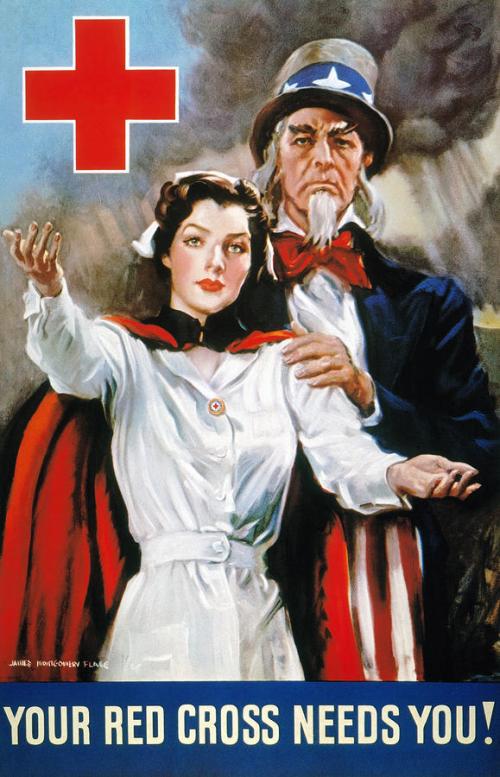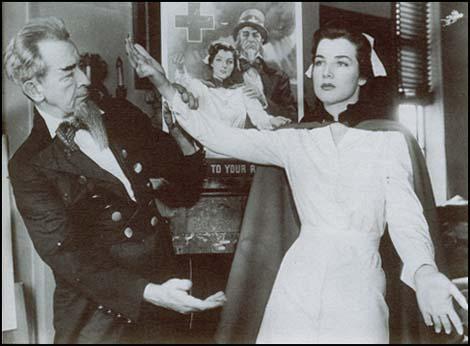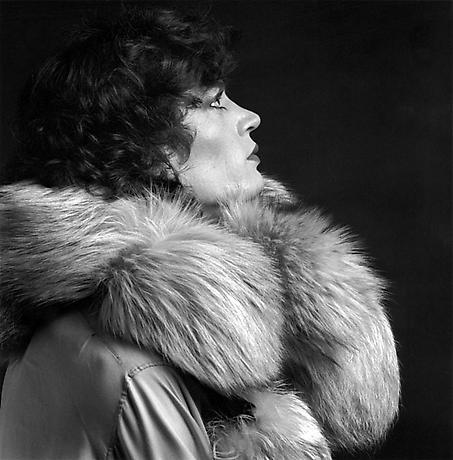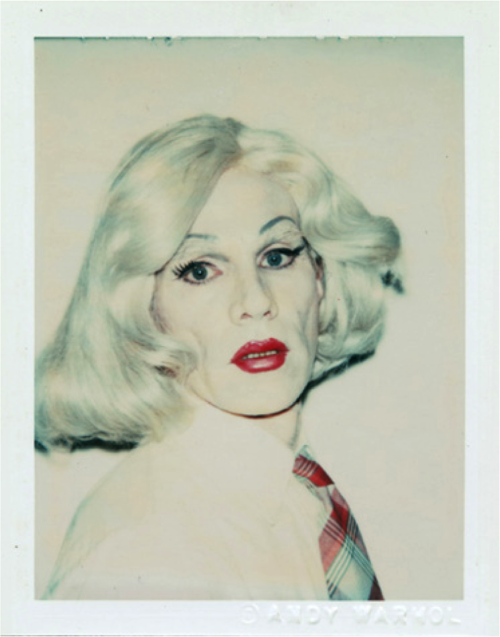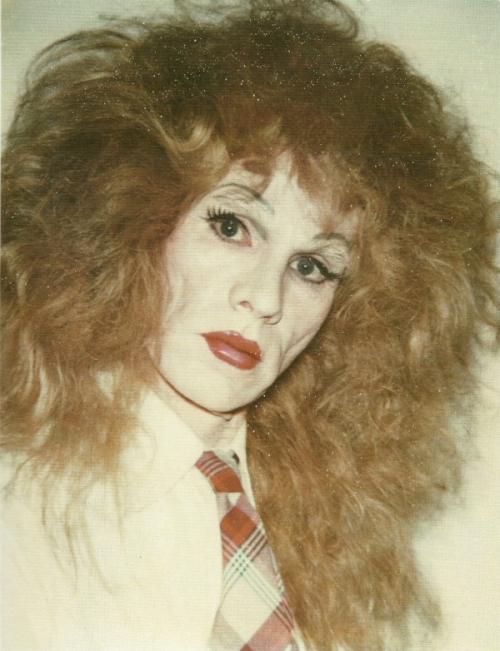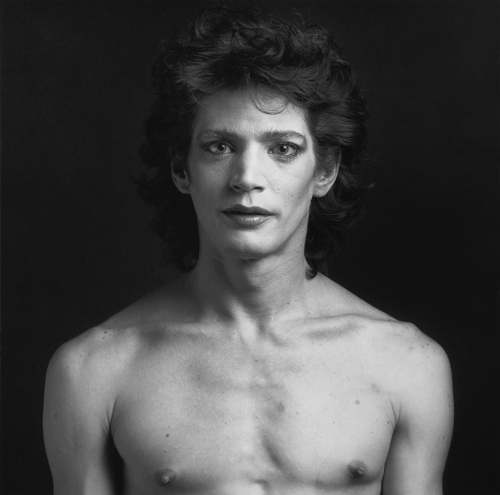The artist is not human.
This is the last installment of a series of posts set in space, I guarantee, but originality, no matter how nerdy, has got to be showcased.
So while you are at it, take the time to appreciate the aslant shot in the non-human self-portrait above (which Curiosity sent us from Mars, on 7th September 2012).
You will thus experience the once-in-a-lifetime thrill of feeling superior to the people at NASA. They didn’t really appreciate Curiosity’s untraditional angle, seeing that they felt the need to make the horizon — well — horizontal.
But worldly-wise people like you and I know all too well that the artist is often misunderstood.
(Curiosity also has the enviable skill of taking a photographic selfie that gives the illusion that someone else is holding the camera. [It takes a movable arm and 55 pictures stitched together to achieve that, but still…])

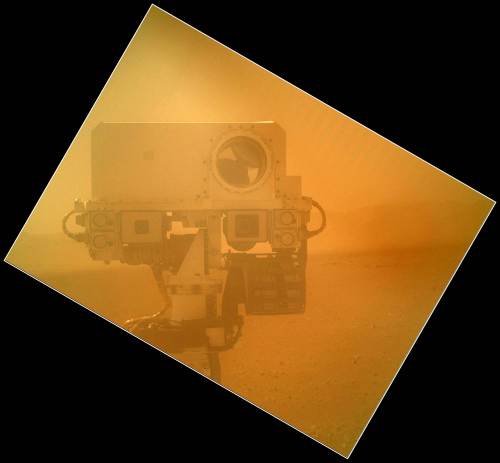
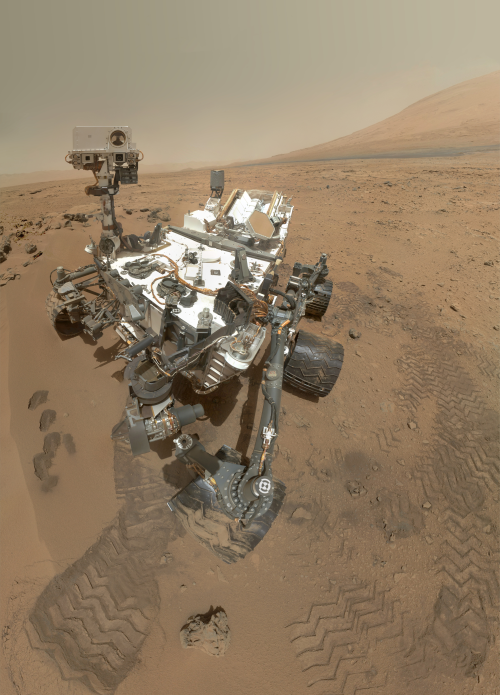
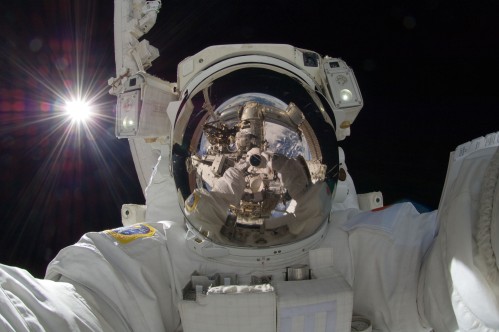
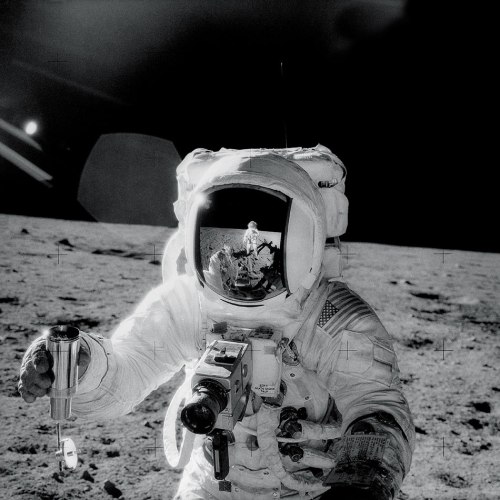
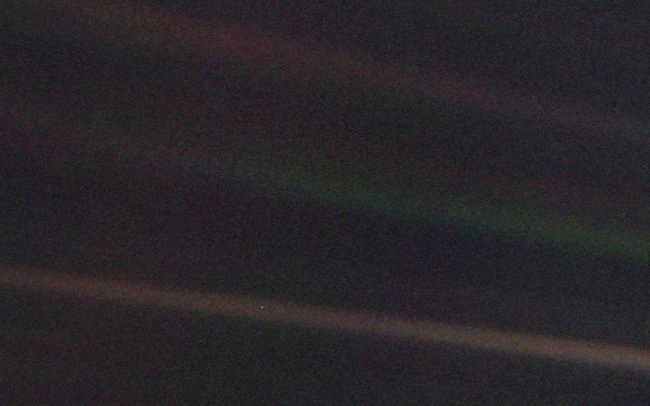
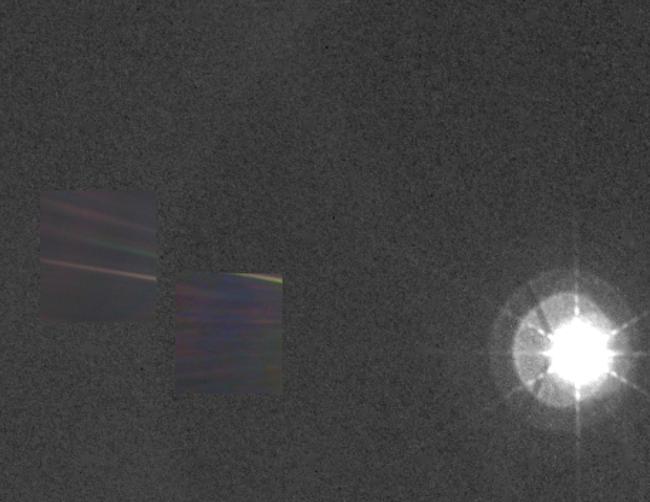

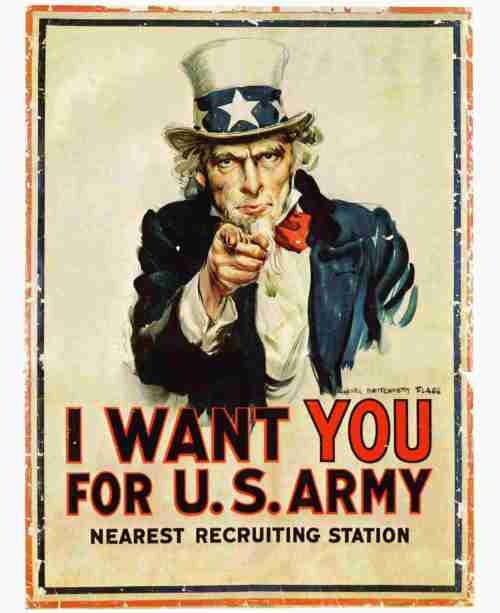 We are all familiar with this famed poster of Uncle Sam urging you to recruit in WWI, but I, for one, was not aware of the fact that his traits resemble very closely that of James Montgomery Flagg, the artist himself.
We are all familiar with this famed poster of Uncle Sam urging you to recruit in WWI, but I, for one, was not aware of the fact that his traits resemble very closely that of James Montgomery Flagg, the artist himself.